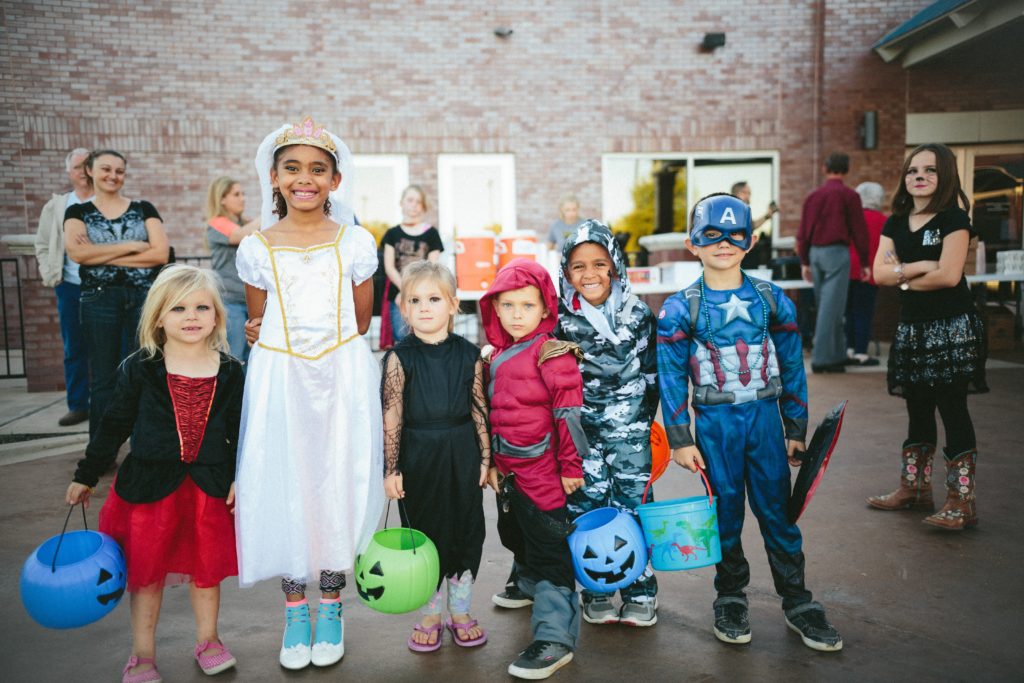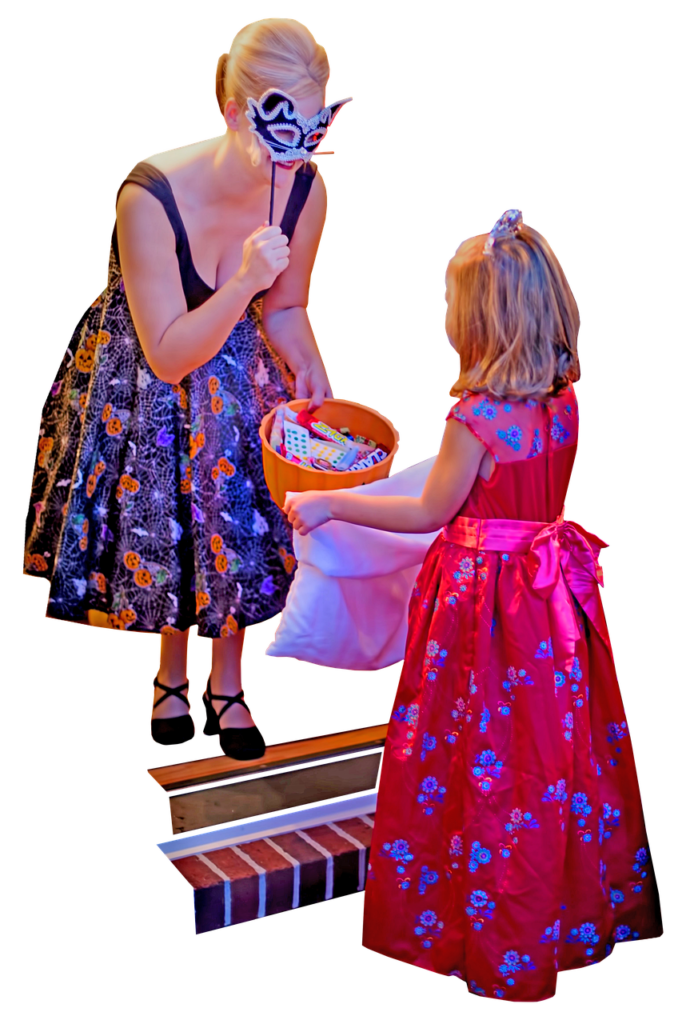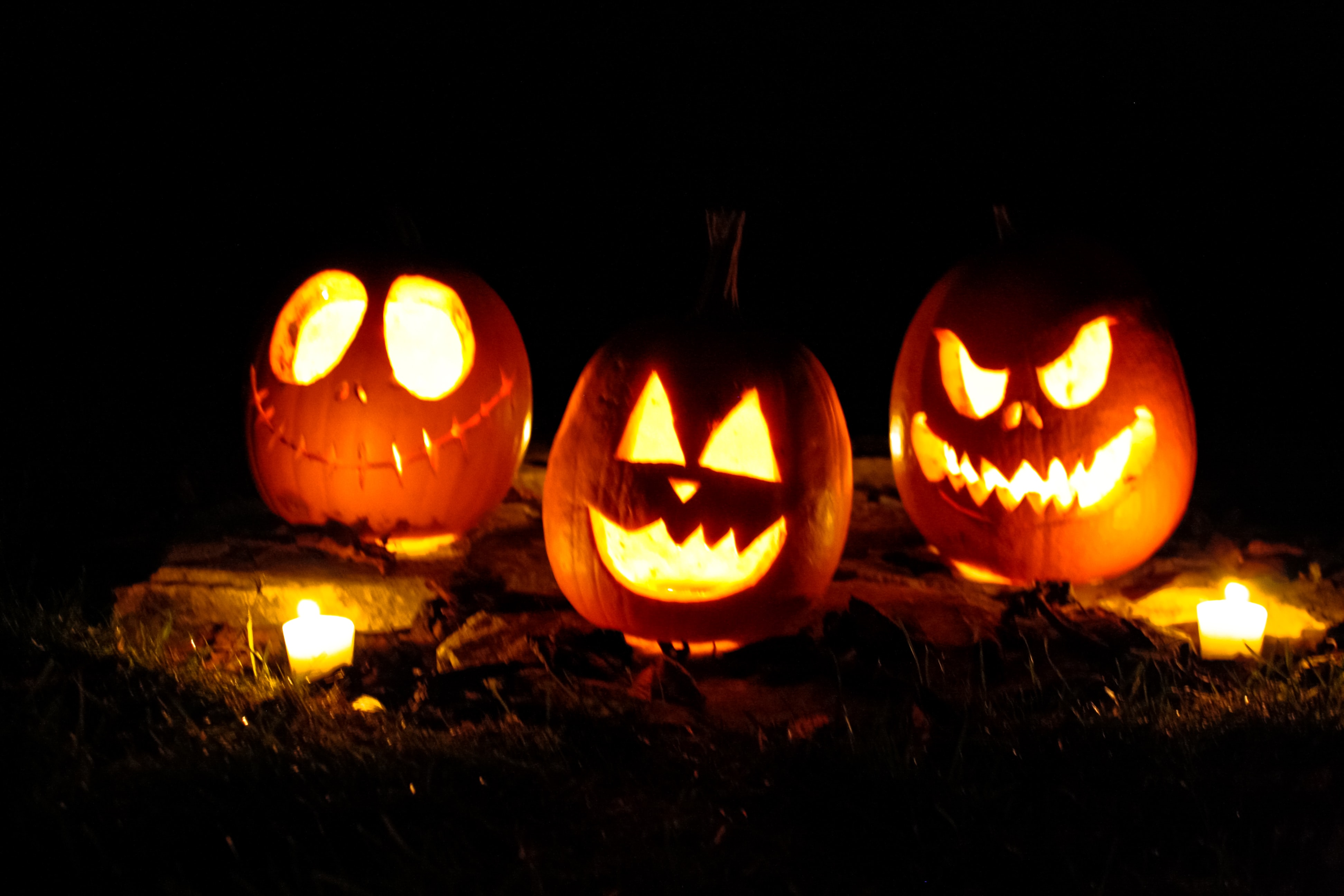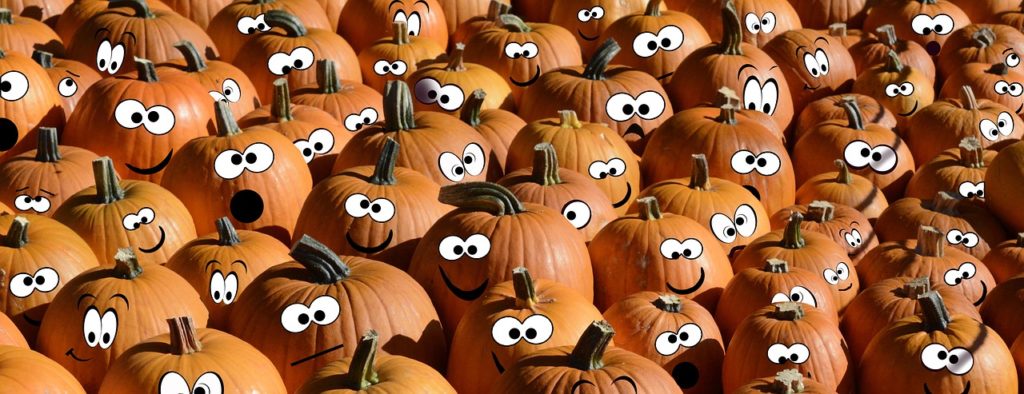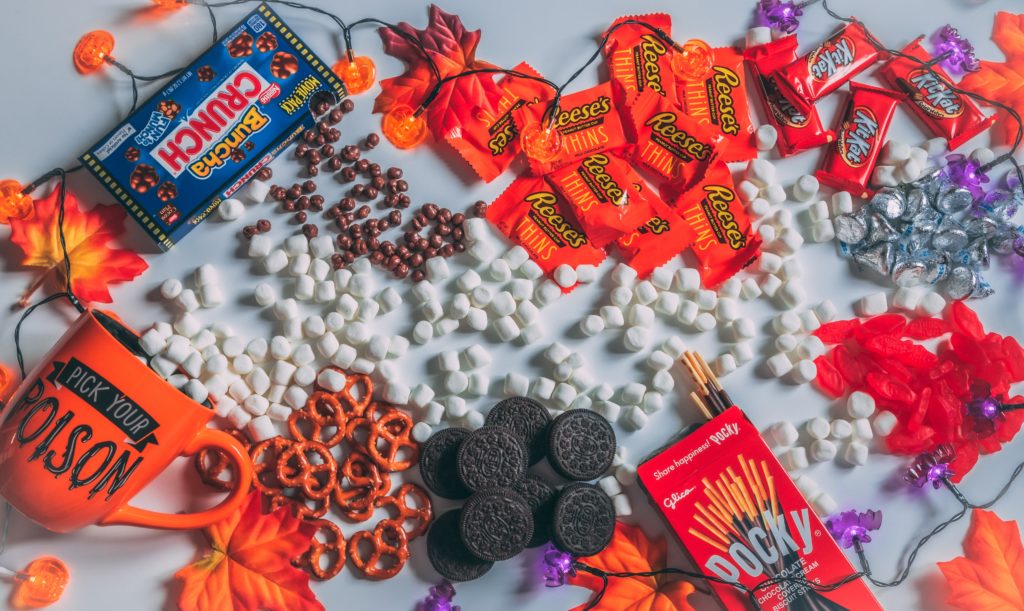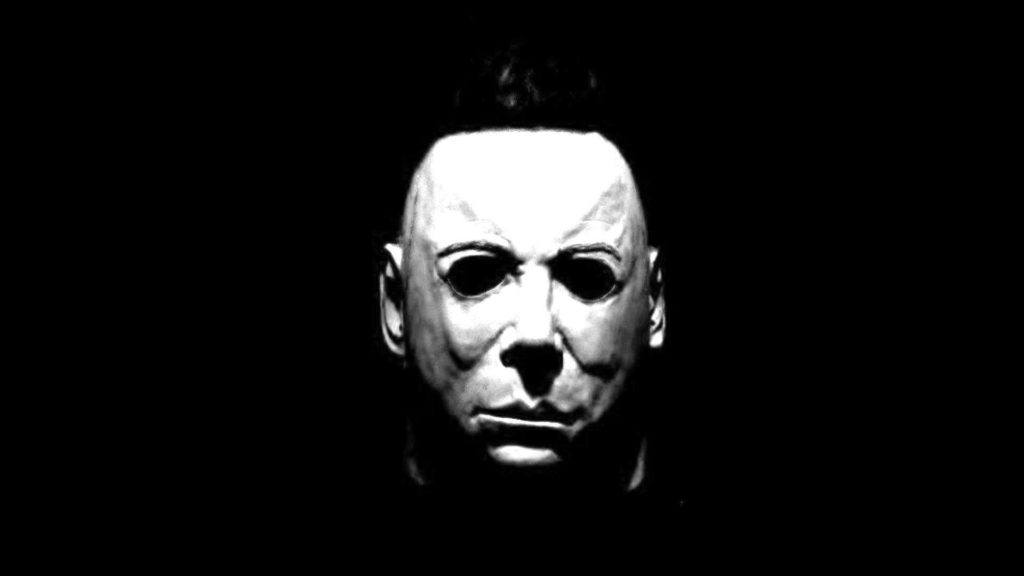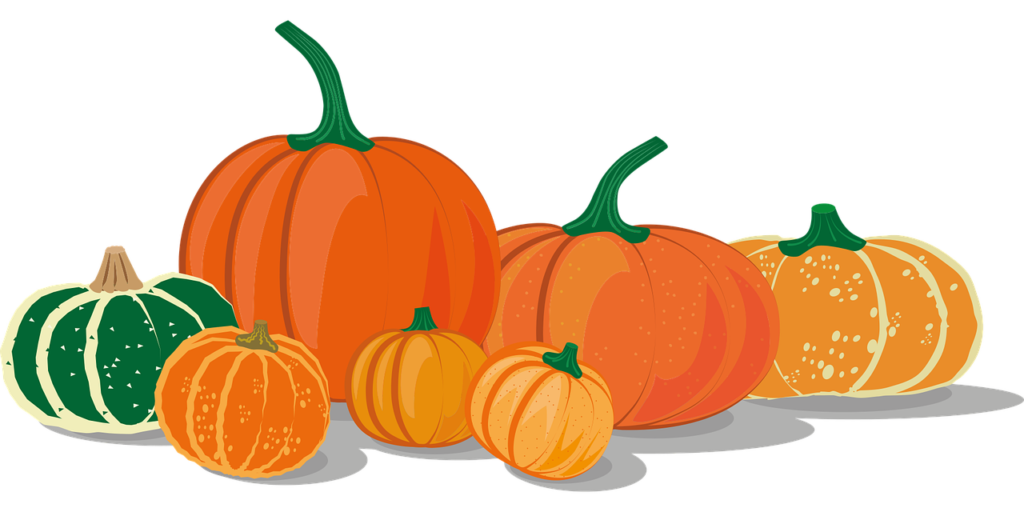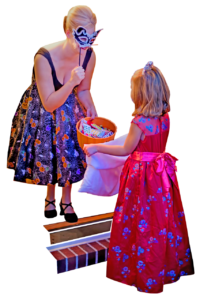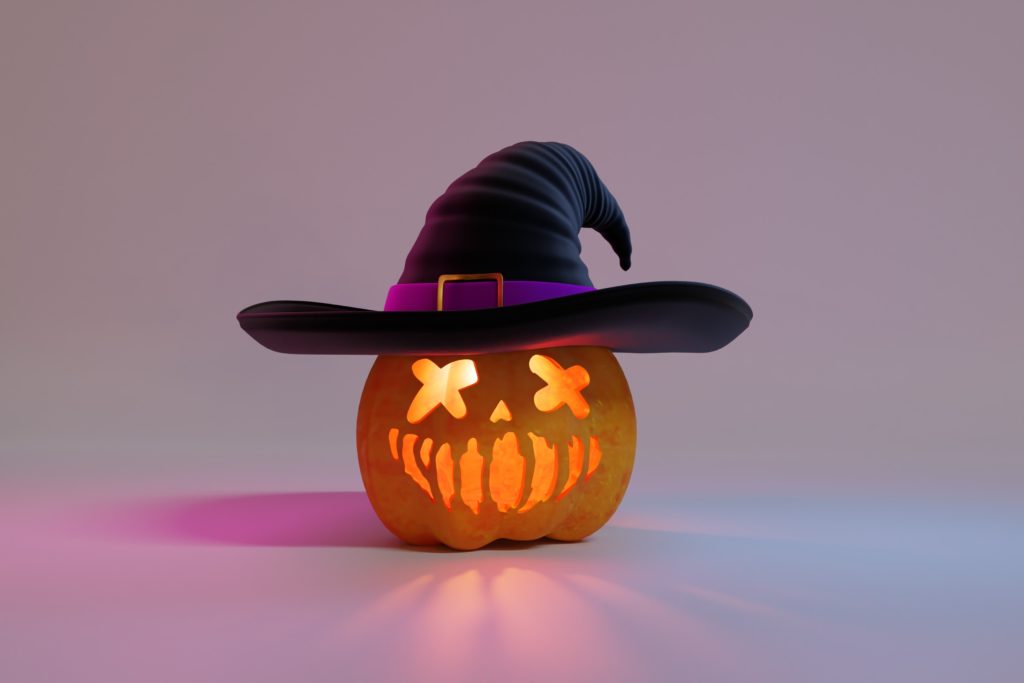Celtic Beginnings: Samhain’s Journey to the Halloween Junkie Take
Did you know that our exciting Halloween holiday has a powerful story behind it? In “Celtic Beginnings: Samhain’s Journey to the Halloween Junkie Take,” we will travel back in time, to the ancient Celtic festival of Samhain. This event was a spooky but fun celebration, which over time, transformed and became the Halloween we adore today. This is a tale filled with mystery, magic, and bags full of candy, just for you! So, sit comfortably, keep your flashlight ready, and be prepared to learn about the fantastic trip from Samhain to Halloween!
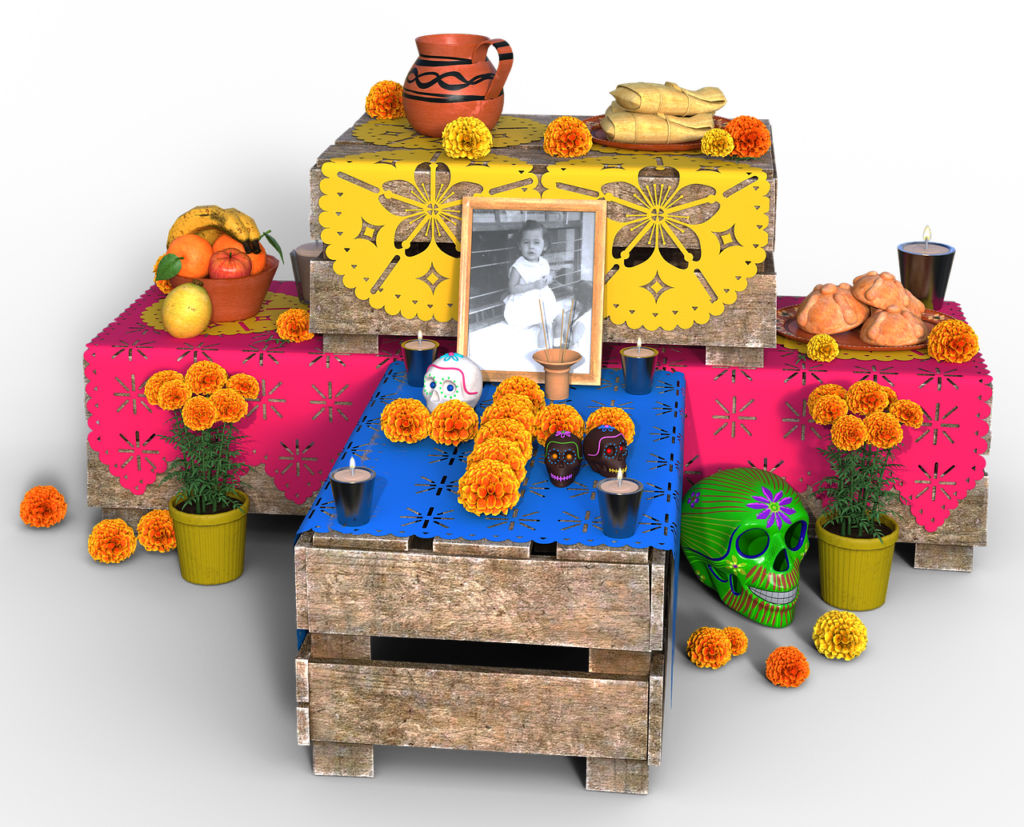
This image is property of pixabay.com.
Celtic Origins of Samhain
Long before you started dressing up in costumes and going door-to-door asking for candy, the ancient Celtic people celebrated a festival known as Samhain. The Celtic society marked this festival as the end of the harvest season and the beginning of winter. This was a very important time for them.
The significance of Samhain in Celtic society
For the Celtic people, Samhain was like their New Year’s Eve. It was a moment when they said goodbye to the light, warm summer days and welcomed the dark, cold winter nights. They believed that this was a special time when the barrier between the living and the dead was at its thinnest.
Festivities and Celebrations during Samhain
The Celts had lots of fun during Samhain! They had big bonfires and feasts. They wore costumes, usually made from animal skins, and told each other’s fortunes. They also offered food to the spirits to make sure they would have a good year.
Social and religious roles of Samhain
Samhain was not just a fun festival for the Celts. It was also a time for them to honor their ancestors and remember those who had passed away. They believed that during Samhain, the spirits of their loved ones could visit them, so they left food and drinks for the spirits.
Concept of Ghosts and Afterlife in Celtic Lore
The Celts had some really interesting beliefs about ghosts and the afterlife.
Celtic mythology and the dead
In Celtic myth, there was a place called the Otherworld where spirits and fairies lived. It was a beautiful, magical place that was always happy and bright. The Celts believed that during Samhain, the Otherworld was closer to our world, so they could communicate with the spirits.
Belief in spirits and fairies during Samhain
The Celts thought that spirits and fairies could cause trouble if they were not treated well. To make them happy, the Celts left offerings of food and drink. They wanted to make sure the spirits would help them instead of causing problems.
Ritualistic practices to ward off or communicate with spirits
The Celts also had special rituals they performed during Samhain to communicate with the spirits or to protect themselves. They carved turnips with scary faces to scare off evil spirits, and they lit candles to guide friendly spirits home.

This image is property of pixabay.com.
The Link between Samhain and Halloween
Halloween didn’t just appear out of nowhere. It’s actually linked to Samhain!
Theories about the origination of Halloween
Some people think that Halloween started when Christian missionaries tried to change the way the Celts celebrated Samhain. They wanted to replace the pagan festival with a Christian holiday, so they created All Saints Day, also known as All Hallows Day, on November 1st.
Celtic traditions carried into Halloween
Many Halloween traditions started with the Celts. Jack-o-lanterns, costumes, bobbing for apples, and trick-or-treating all have roots in the Samhain festival.
Christianity and the evolution of Samhain to All Saints Day
When the Christians couldn’t stop people from celebrating Samhain, they decided to adopt some of the Celtic customs. They still honored the dead, but they did it in a Christian way. This is why we have All Saint’s Day and All Souls’ Day in Christianity.
Victorian Era: Embracing of Halloween
Fast forward to the Victorian era, which is the time when your great-great-great grandparents might have lived, and Halloween was starting to look a lot like the holiday we know today.
Influence of Victorian Era on Halloween traditions
During the Victorian era, people loved spooky and romantic stories. They started having Halloween parties where they dressed up, told ghost stories, and played games.
Romanticizing of Celtic lore during Victorian times
The Victorians loved the stories of the Celts, so they started including more of their customs into Halloween. They also started carving pumpkins because they were bigger and easier to carve than turnips.
Introduction of Halloween to America
When people from Britain and Ireland moved to America, they brought Halloween with them. They shared their traditions with their new neighbors, and Halloween spread across the country.
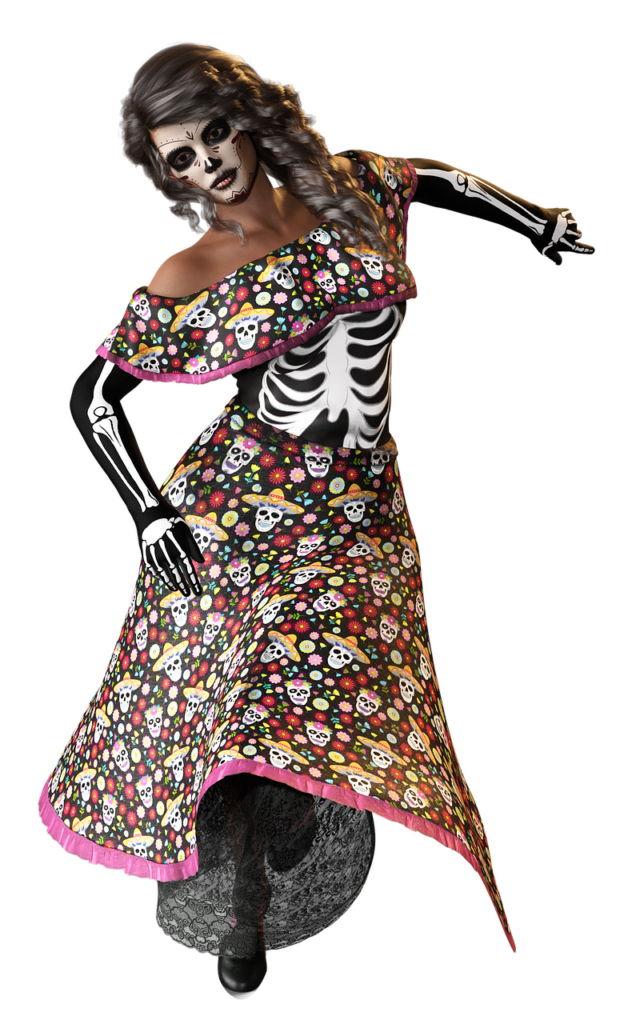
This image is property of pixabay.com.
Transformation of Samhain Customs into Halloween Traditions
Lots of our modern Halloween traditions started with the Celts.
Carving ‘Jack-o-lanterns’ and its link to Celtic folklore
You know those cool carved pumpkins you see every Halloween? The Celts started that tradition, but they did it with turnips. They believed that the scary faces would keep evil spirits away.
Costume wearing: A practice originating from Samhain
The next time you put on a Halloween costume, remember that you are doing something the Celts did thousands of years ago. They wore animal skins and masks to confuse the spirits.
Trick or Treating: Rooted in ancient Samhain traditions
Even trick-or-treating started with the Celts. They left treats for the spirits in hopes that they would not play tricks on them.
Global Popularization of Halloween
Nowadays, Halloween is celebrated all over the world. It’s not just for Celts or Americans anymore.
Hollywood and the exploitation of Halloween
Movies and TV shows have made Halloween super popular. They make it look so fun that everyone wants to join in.
Mass commercialization of Halloween
Because Halloween is so popular, people make lots of money from it. They sell costumes, candy, decorations, and even Halloween-themed movies and music.
Halloween as a global cultural event: East vs West
Different places celebrate Halloween in different ways. In some places, it’s all about the candy and costumes. In others, it’s about remembering the dead.
Modern Halloween: Celebration vs Controversy
Some people love Halloween. Others, not so much.
Debates over the cultural appropriation of Halloween
Some people think that Halloween steals from other cultures. They say it’s not right to take customs and traditions that belong to someone else and use them in a different way.
Preservation of Samhain traditions in modern Halloween
Even though Halloween has changed a lot, some of the ancient Celtic traditions are still alive. People still dress up, carve pumpkins, and leave out treats.
Commercial aspects of Halloween: Enjoyment and Criticisms
While many people enjoy the fun and novelty of Halloween, others criticize it for being too commercial. They think it’s more about making money than enjoying the holiday.
Samhain Traditions Alive Today
Some people still celebrate Samhain the way the Celts did.
Revival of ancient Celtic celebrations
There are people who try to keep the old Celtic traditions alive. They celebrate Samhain with bonfires, feasting, and honoring the dead.
Neo-Paganism and the celebration of Samhain
Some modern pagans celebrate Samhain as one of their most important holidays. They see it as a time to honor the cycle of life and death.
Modern Interpretations of Samhain
Even though we don’t celebrate Samhain the way the Celts did, we can still understand its significance. It’s a time to say goodbye to the old and welcome the new.
Revisiting the History: Halloween through the Ages
Over the years, Halloween has changed a lot, but it has always been a special time.
Halloween: A timeline of transformation
From the Celts to the Victorians to the modern day, Halloween has evolved. It has picked up new traditions and lost old ones, but it has always been about celebrating the change of seasons.
Cultural influences on Halloween over the years
Different cultures have added their own touches to Halloween. This is why we have a mix of Celtic, Christian, and American customs.
Societal shifts and their impact on Halloween customs
As societies change, so do their holidays. Halloween has adapted to fit into modern life, but it still keeps some of its ancient roots.
The Halloween Junkie Take
Here’s what it all comes down to…
Embracing the quirky spookiness that is Halloween
Halloween is a weird and wonderful holiday. It’s a day when we can be whatever we want to be, even if it’s just for a night.
Respecting the Celtic beginnings of Samhain
Halloween started with the Celts, and we owe them a lot for our Halloween fun. Let’s remember to honor their traditions and beliefs.
Reacquainting oneself with the essence of Samhain
Even if we don’t celebrate Samhain like the Celts did, we can still understand its meaning. It’s a time to reflect on the past and look to the future. So this year, when dressing up in your favorite costume or carving your pumpkin, remember what Halloween is really all about. That’s the true Halloween spirit. And don’t forget to leave a treat out for the spirits!
Celtic Beginnings: Samhain’s Journey to the Halloween Junkie Take Read More »




